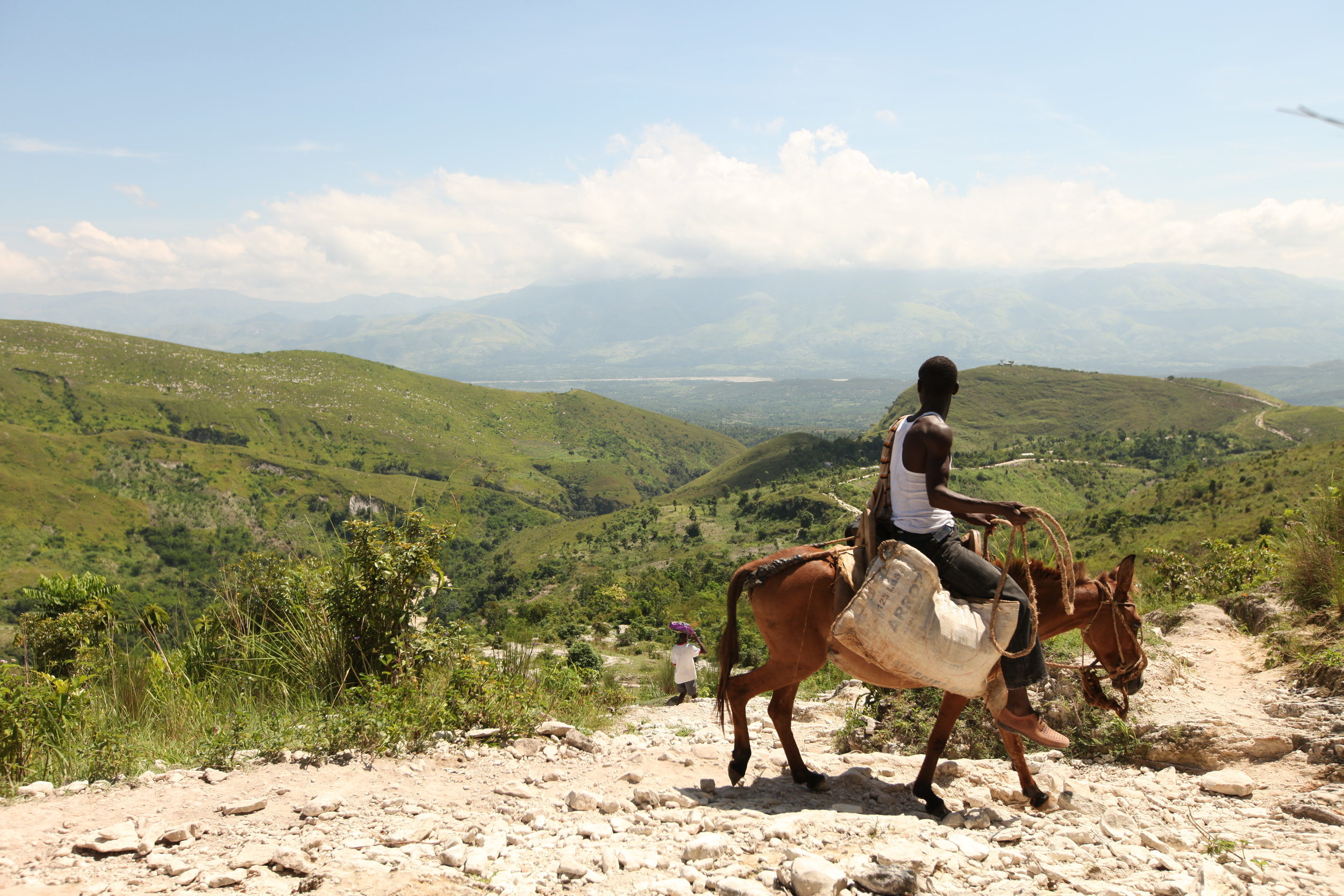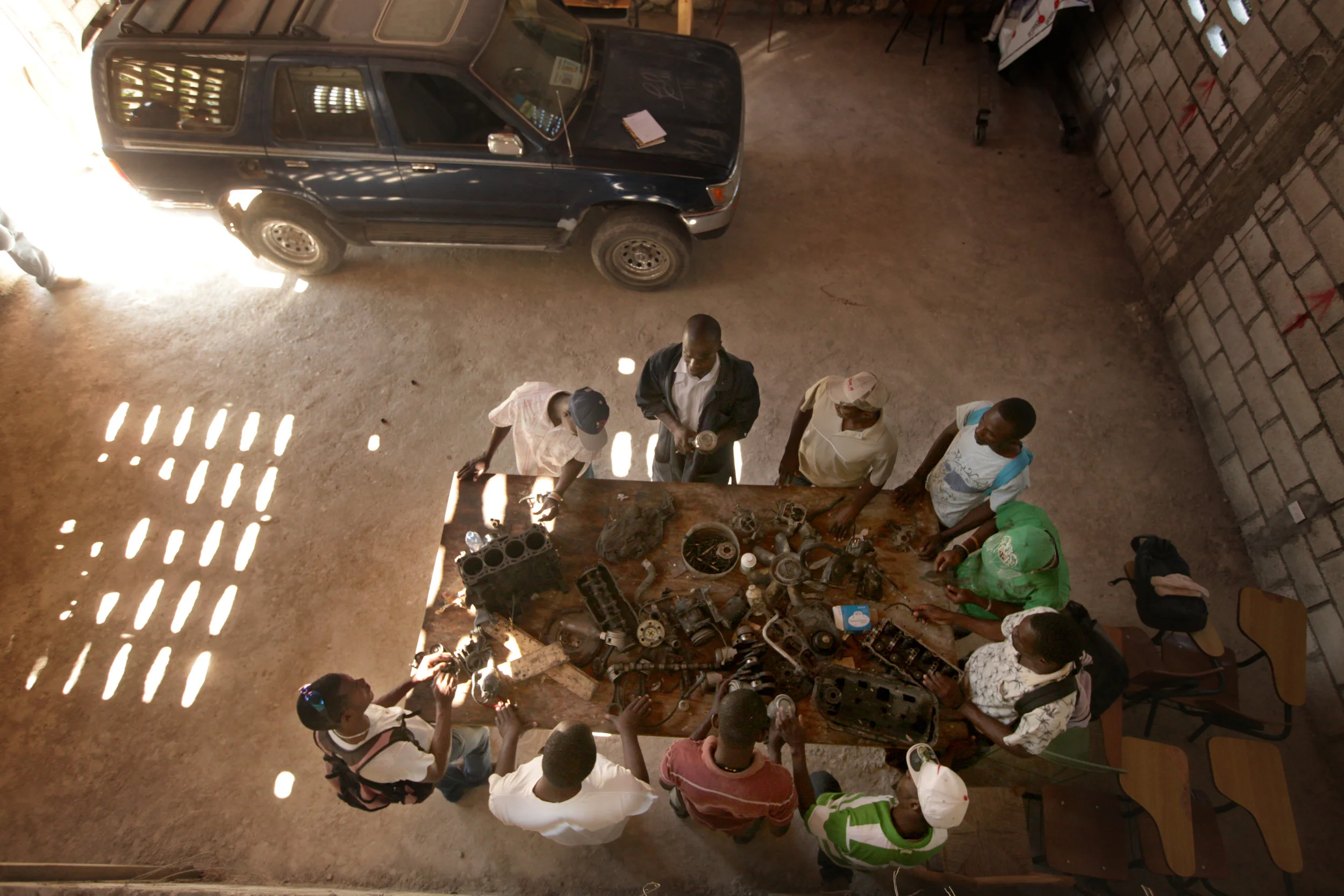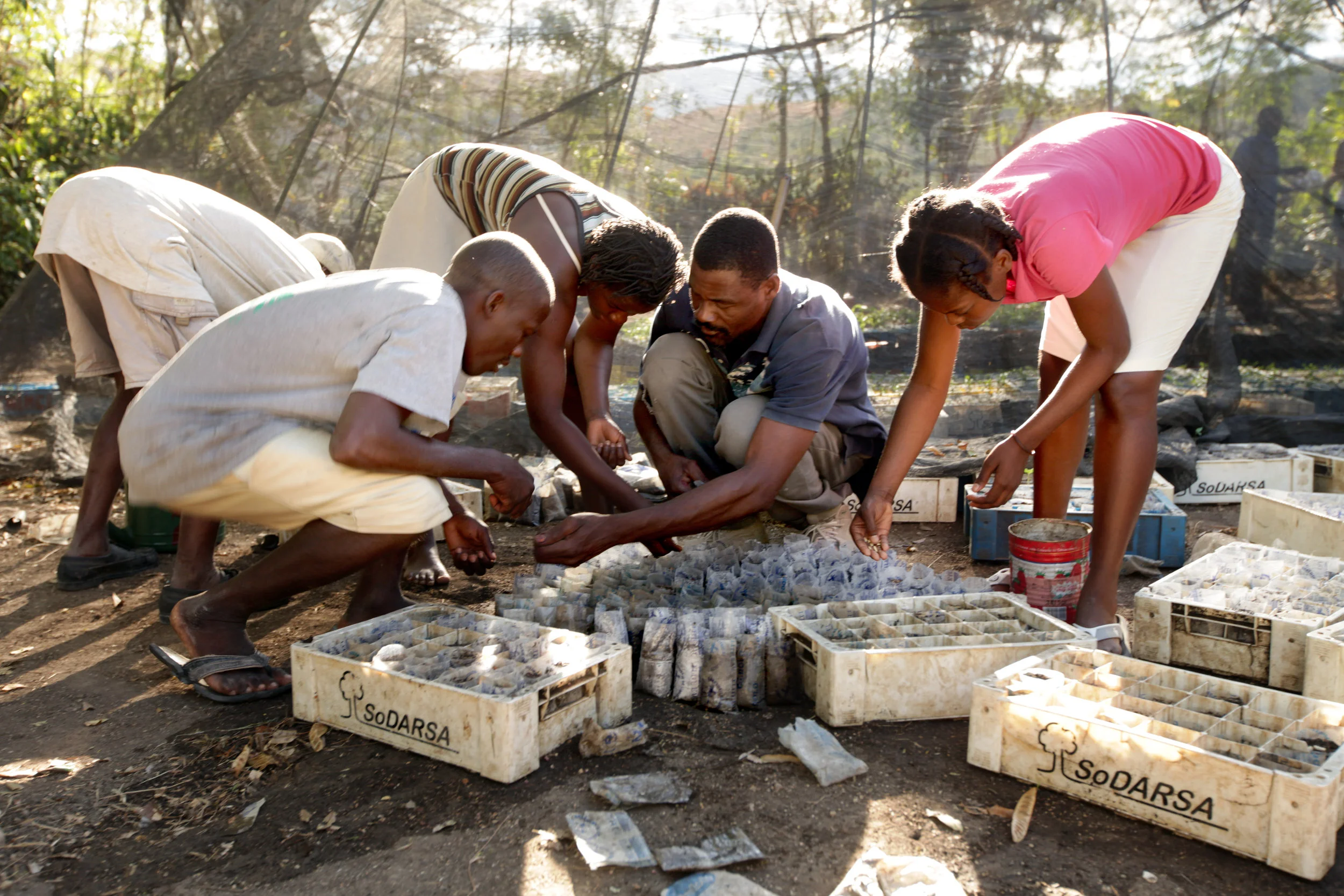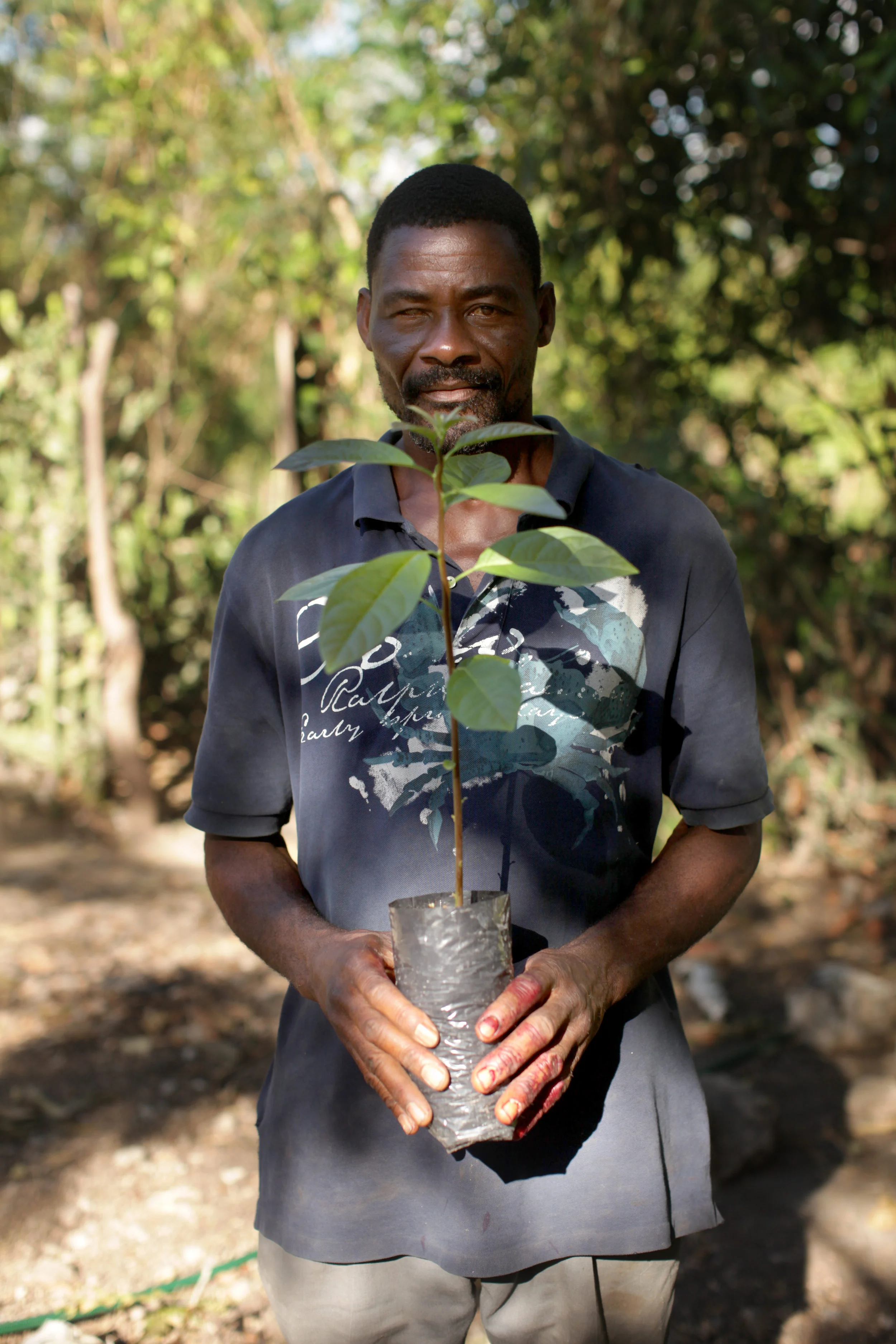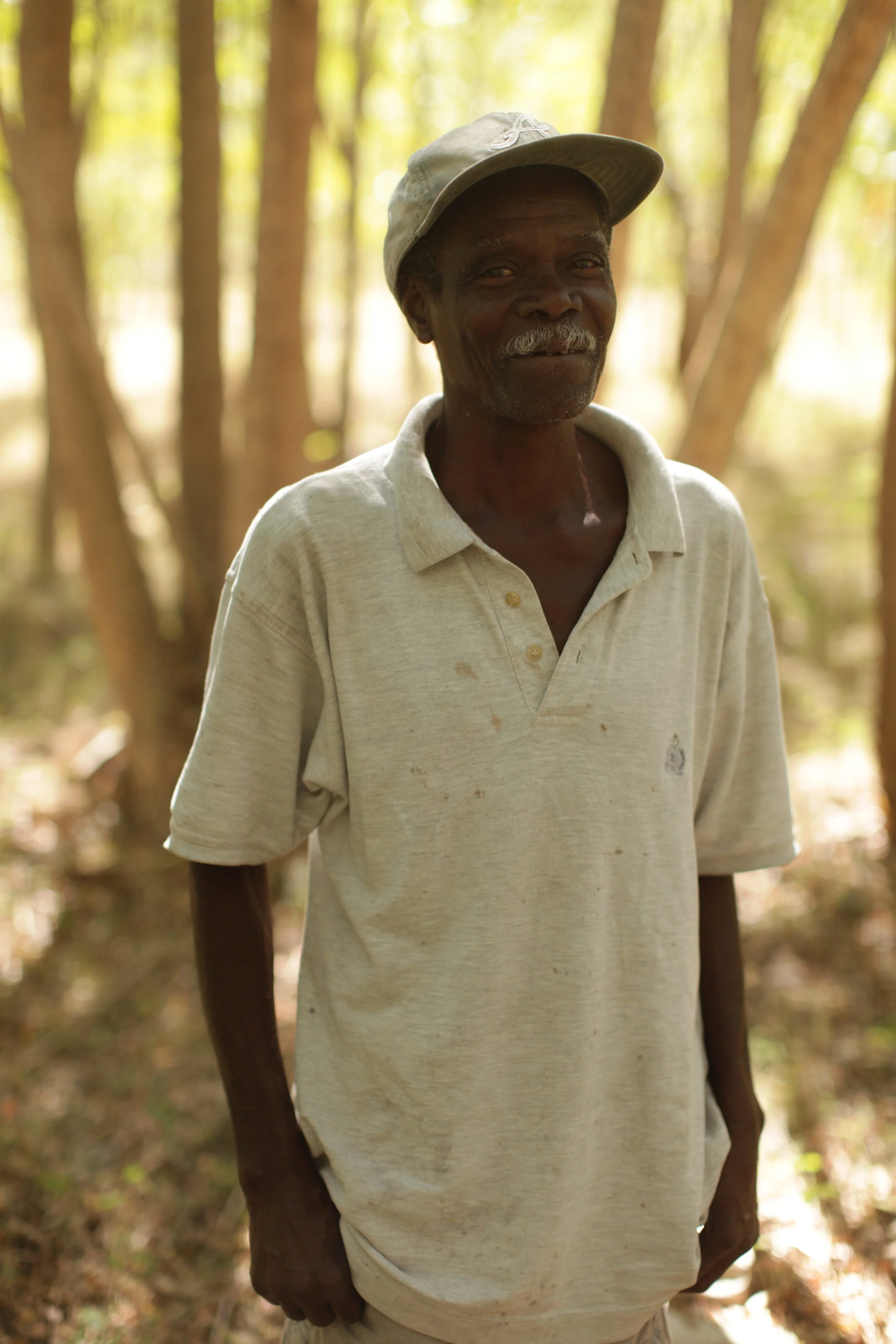During the five years I worked for Mennonite Central Committee, Haiti represented the most inspiring, heartbreaking, familiar and disruptive project I undertook.
In the first week after the earthquake, there was barely any means of communication with MCC Haiti staff and limited access to any to images to share as donor interested grew. Audio reports became an invaluable asset for MCC's Haiti Earthquake response communication.
Inital Response
JAN 15, 2010: MCC worker Ben Depp offers a first-hand account of the Jan. 12 Haiti earthquake and the devastating results. Ben and his spouse Alexis, of Waxhaw, N.C., are based in Port-au-Prince, Haiti.
Eight months after the earthquake devastated Port-au-Prince, I made my first visit to Haiti. The initial relief effort still dominated day-to-day life for many of the MCC staff but long term programs were beginning to take form.
We started to prioritized our reporting on devastation from unsafe building practices and overcrowding in the capital. Below, Structural Engineer James Mwangi (left) inspects the earthquake damage to a Port-au-Prince home in 2010. MCC funded repairs to homes of people with disabilities who were often overlooked by relief efforts. In 2014, we met some of the recipients of the home repair project like Créa Exumé Marie Antoinette and her daughter Marc Nancy (right) at their repaired home which had lost the roof and part of a wall.
Prior to the Haiti earthquake, MCC video productions were lengthy annual recap style films. Sharing stories in the middle of an earthquake response required a different strategy. Instead of the traditional style showing how people's lives had changed at the end of a project, I focused more on explaining why the work mattered and who would be doing it.
Decentralization
MCC U.S. News Coordinator Linda Espenshade interviews Groupe d'Accord Solidarité Action (GASA) school administrator Ramel Altidort.
Part of MCC's response to overcrowding in Port-au-Prince was to help boost communities outside of the capital. MCC channeled a large concentration of its earthquake response into Desarmes, Haiti where they created more opportunities to work and get an education as well as improved water and sanitation systems.
GASA was one of the first places I visited in Desarmes. The school had just been built. During my last visit to Haiti in 2014, the accomplishments and strength of many of the trade school graduates like Nelson Alexil (pictured below) inspired a series of environmental portraits to portray their accomplishments.
Desarmes professional trade school graduate Nelson Alexil often recruits fellow students from his school to help him with his business building homes.





